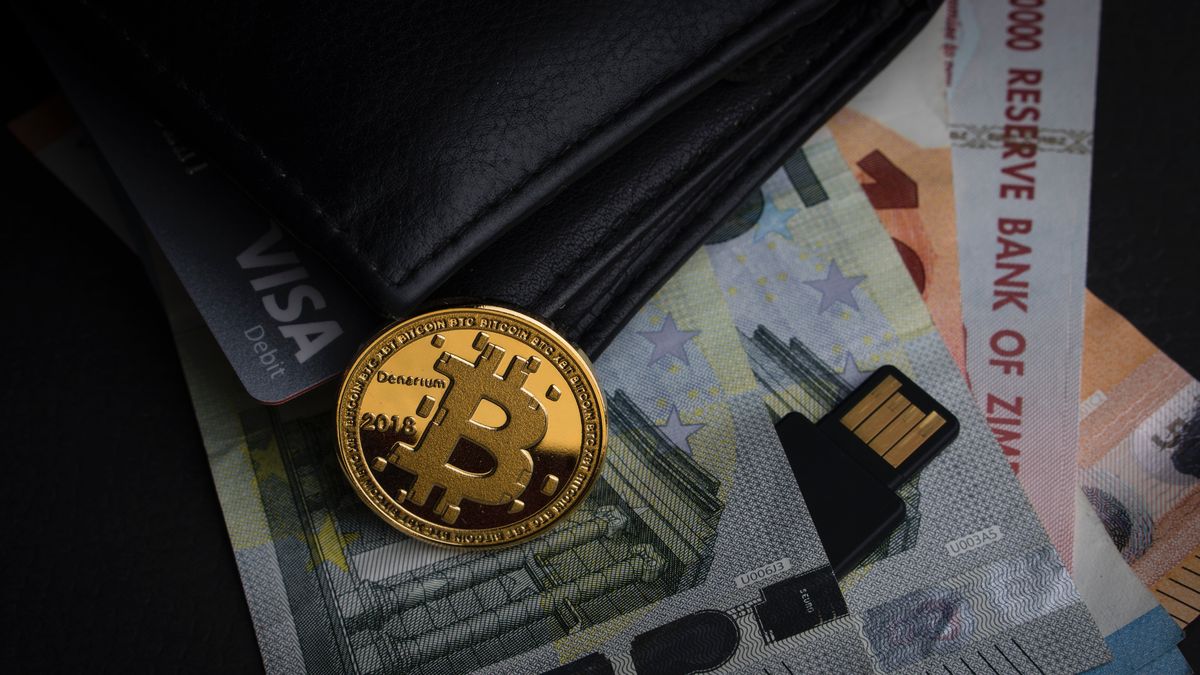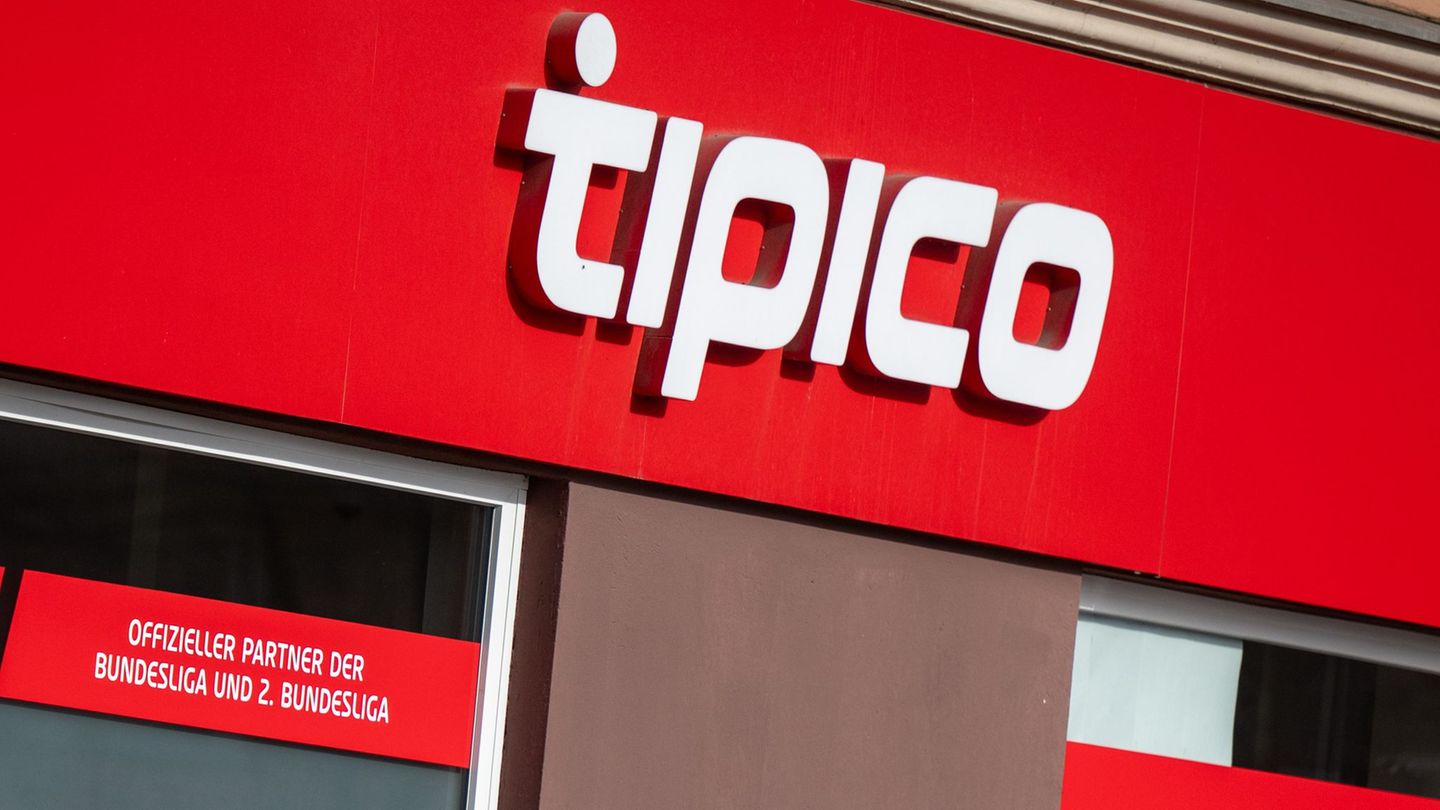Despite making headlines in April 2021, the Chinese Digital Yuan has not come out of its pilot phase more than a year after its launch. Like Nigeria, China already has a strong mobile and digital payment infrastructure. Large parts of the population in both countries skipped card payments and went directly from cash to digital payments, which gained a large following among the respective populations, whether app-based or text-based.
Pilot phase countries
In the case of China, authorities said at the launch of the pilot that they will guarantee anonymity, but doubts remain. Either way, the data collected on official blockchain payments could be valuable to governments, whether they use anonymous research or more invasive tracing as feared in the case of China.
Other countries that are in a pilot phase of a central bank digital currency include Russia, Thailand, Indonesia, South Korea, the United Arab Emirates and Saudi Arabia. Though it’s unclear which show might get a proper release next. The Atlantic Council tracker records concrete plans to launch a CBDC in Canada, Australia, Brazil, and India, among others.
The digital euro is also in its development phase, with a pilot scheduled for 2023 in participating nations. Lithuania is the only eurozone country with its own CBDC project, a collectible coin in its pilot phase, while eurozone country Austria is investigating a wholesale blockchain coin.
As far as non-eurozone nations are concerned, Sweden has come the furthest in Europe, with a second pilot phase of the digital crown ending this April. A digital currency pilot occurred in Ukraine in 2019, and work on the project is reportedly continuing despite the war.
With CBDC, for every digitally issued coin, a physical coin is taken out of circulation (or subtracted from new issuance) to create dedicated currency units that are traded exclusively on the blockchain.
Recently, the Central Bank of France said it would accelerate its plans for a wholesale central bank digital currency (CBDC) program. The Bank of France should be ready to support the technology pilot regime of the European Union distributed ledger for tokenized securities, scheduled for March 2023, according to Governor François Villeroy de Galhau.
what about Argentina
In 2017, the Productive Inclusion Foundation presented to the former vice president of the Central Bank Juan Llach a project for the creation of a CBDC in the country: the Digital Argentine Peso (PAD). The proposal suggested the digitization of 100% of the peso banknotes.
The entity assured that the adoption of the PAD would prevent tax evasion and increase its tax revenue by up to US$80 million a year by eliminating paper money.
The former director of the New Bank of Chaco, Carlos María De los Santos, who led the project, explained that “the initiative will allow new resources to be injected into the paralyzed economy by reducing tax evasion.” “The PAD will provide greater tax collection for current evasion, which can be estimated at 30% of GDP, which can be used to repair all the social inequalities left by the current system,” he stressed.
He also defended the refinancing of the banks’ current portfolios, with longer terms for the payment of capital and interest in the last installment.
Given the growing inflation and the exchange rate, Argentina is one of the main countries in the adoption of cryptocurrencies, occupying the tenth place in the world ranking. Although the Central Bank led by Miguel Pesce assured that they closely follow the decision of other central banks, there is still no definition in this regard.
Source: Ambito
David William is a talented author who has made a name for himself in the world of writing. He is a professional author who writes on a wide range of topics, from general interest to opinion news. David is currently working as a writer at 24 hours worlds where he brings his unique perspective and in-depth research to his articles, making them both informative and engaging.




